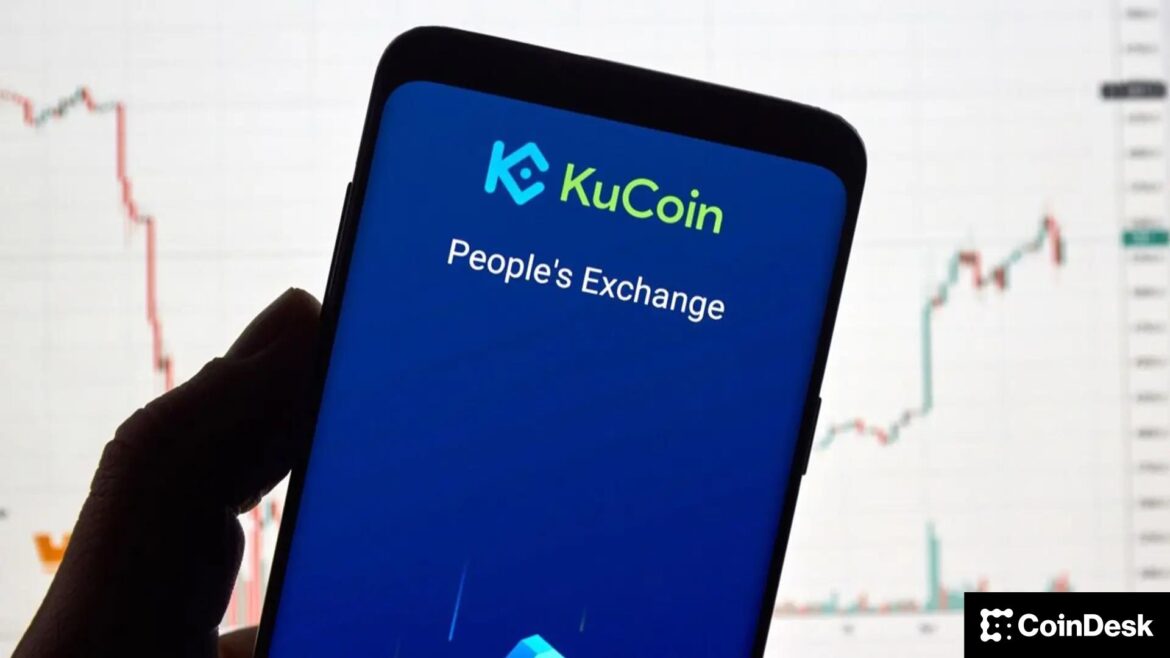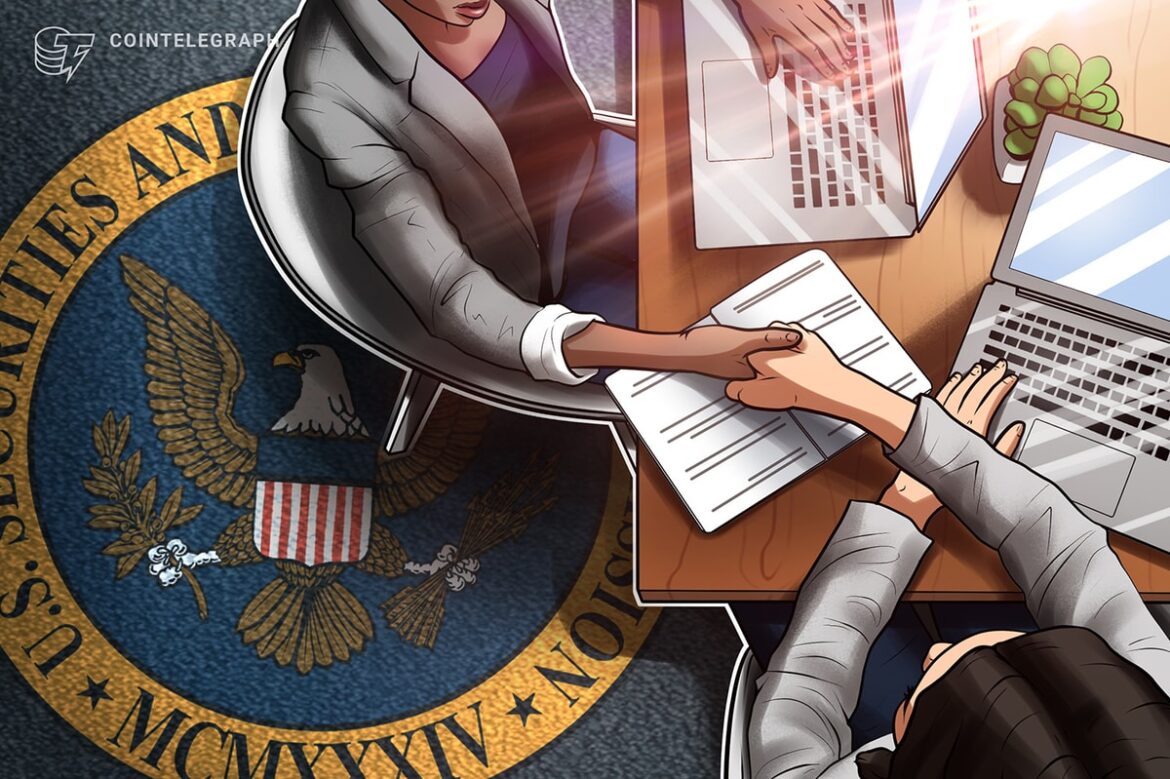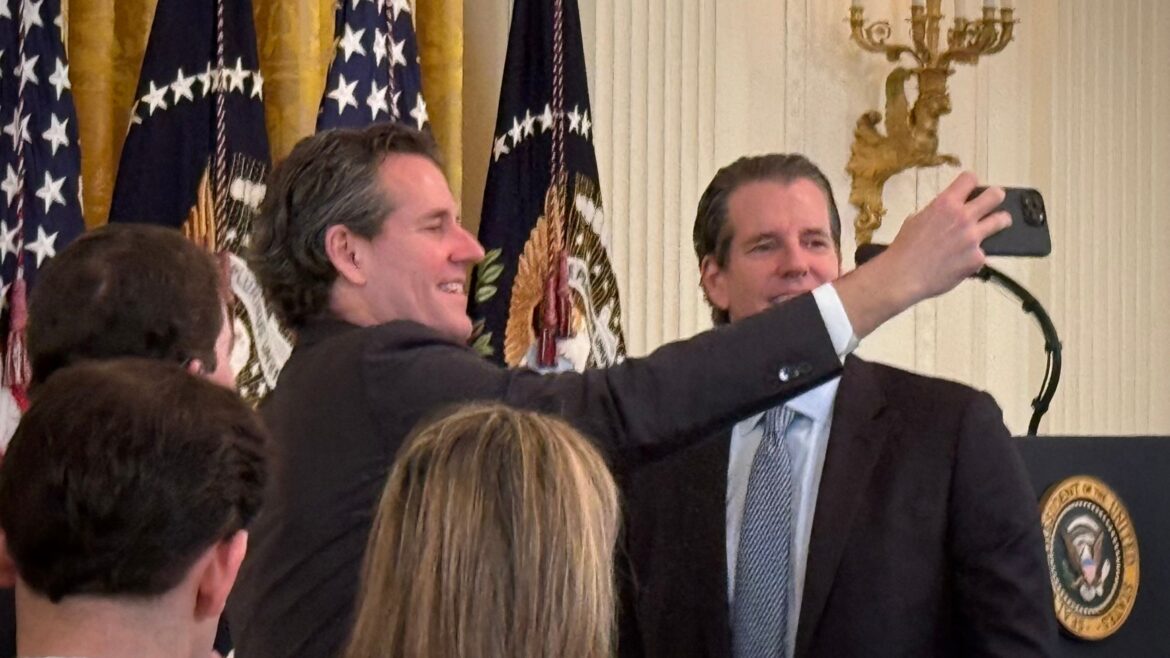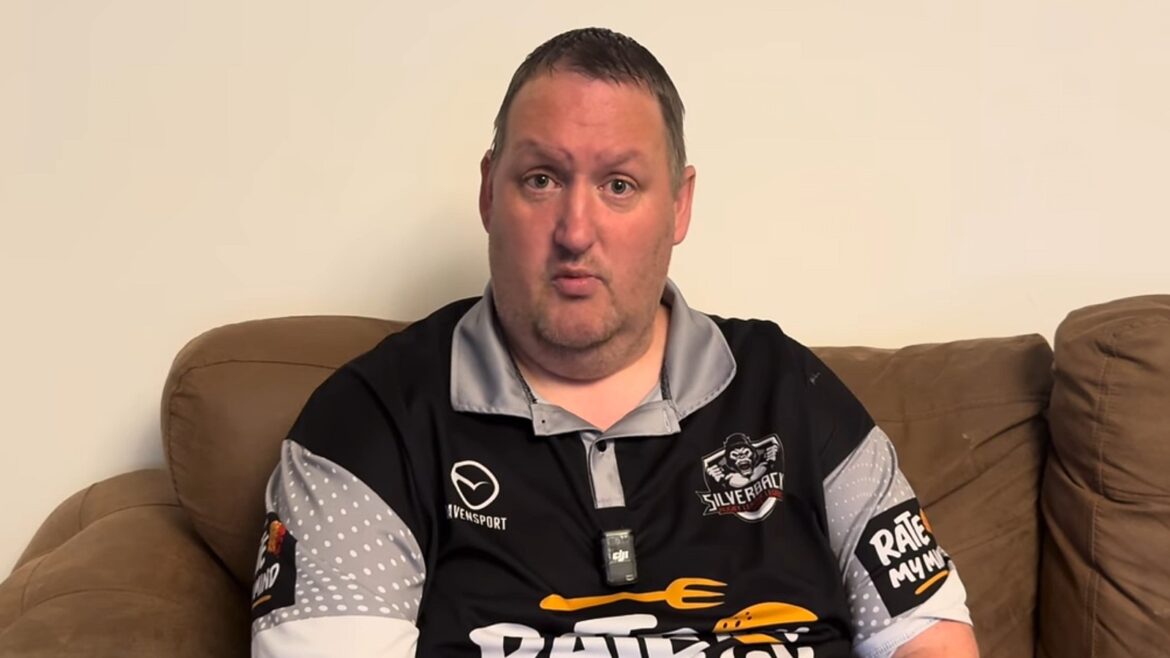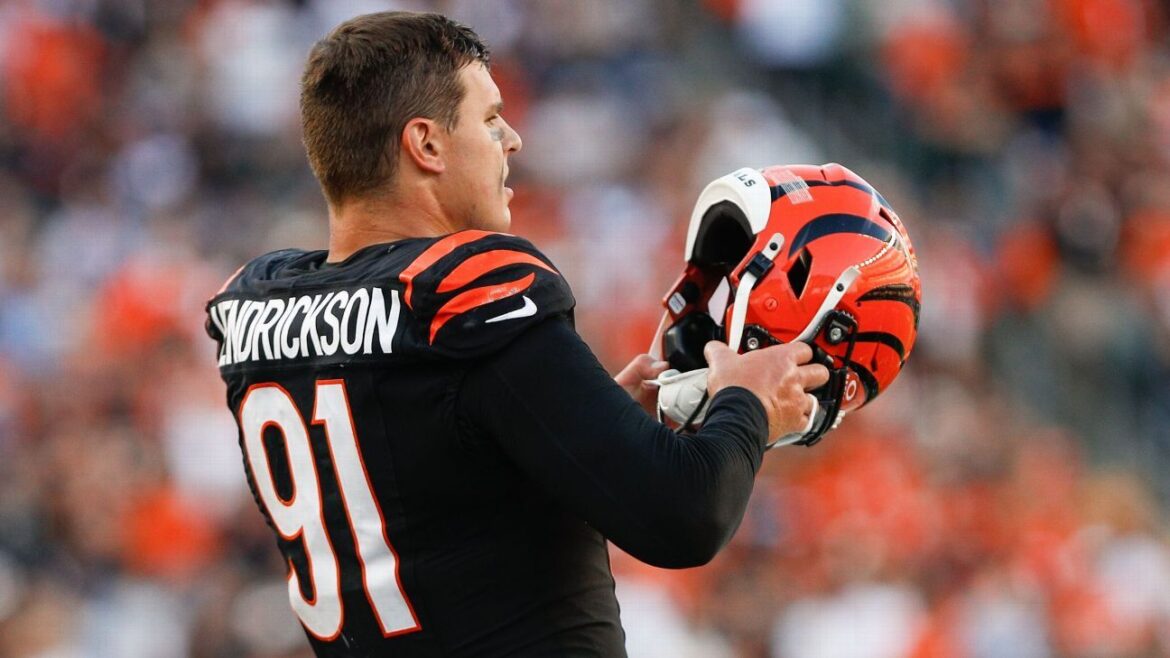KuCoin is appealing a Canadian enforcement action in which the exchange was accused of failing to register as a money-services business and failing to maintain proper defenses against money laundering, a case that led to a penalty of more than $19 million ($14 million U.S.).
That unusually large penalty from the Financial Transactions and Reports Analysis Centre of Canada (FINTRAC) was imposed after finding that Seychelles-based Peken Global Limited, operating as KuCoin, didn’t report large crypto transactions and didn’t flag suspicious transactions that may have involved money laundering or terrorist financing, the agency said on Thursday.
The regulator said KuCoin didn’t report large transactions on almost 3,000 occasions from 2021 to 2024 and in 33 instances “failed to report financial transactions where there were reasonable grounds to suspect that the transactions were related to the commission or the attempted commission of a money laundering or a terrorist activity financing.”
KuCoin said it submitted an appeal with the Federal Court of Canada “on both substantive and procedural grounds.”
“While KuCoin respects the decision-making process and remains committed to regulatory compliance and transparency, it disagrees with both the finding that KuCoin is a Foreign Money Services Business and the penalty imposed, which KuCoin maintains is excessive and punitive in nature,” the company said in a Thursday statement.
This FINTRAC penalty represents the bulk of the agency’s fines in the past year, it noted, having imposed fines 23 times for a total of $25 million in that period. KuCoin’s alleged violations were said to have been serious and, in the case of the failure to report suspicious transactions, “severe.”
KuCoin has been penalized in various jurisdictions in similar cases, including one from the Ontario Securities Commission in 2023. In the U.S., the company settled with the Department of Justice earlier this year, paying nearly $300 million, pleading guilty to an unlicensed-operations charge and agreeing to stay out of the country.
Read More: South Korea Plans Sanctions Against KuCoin, Others: Report

